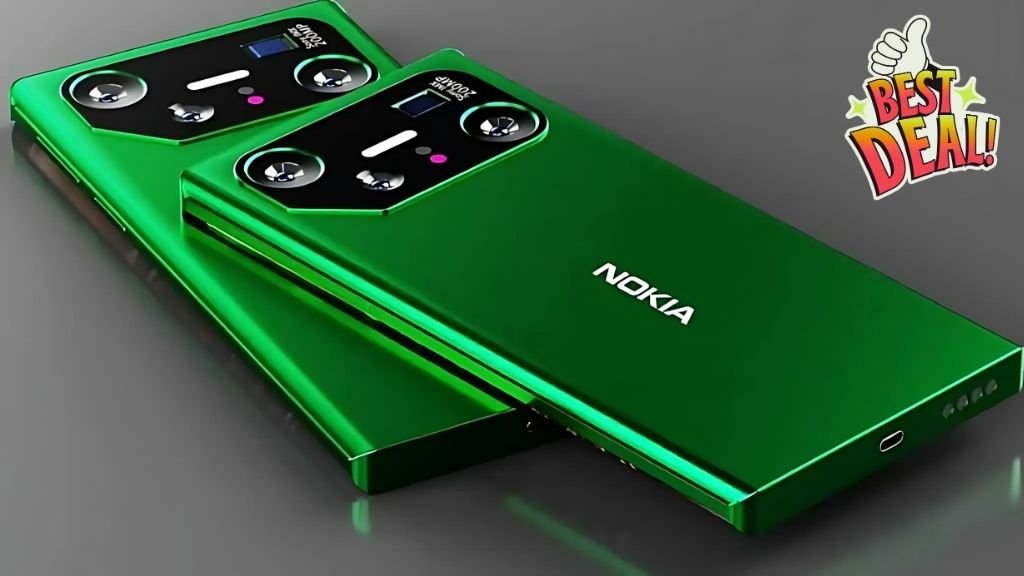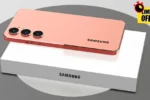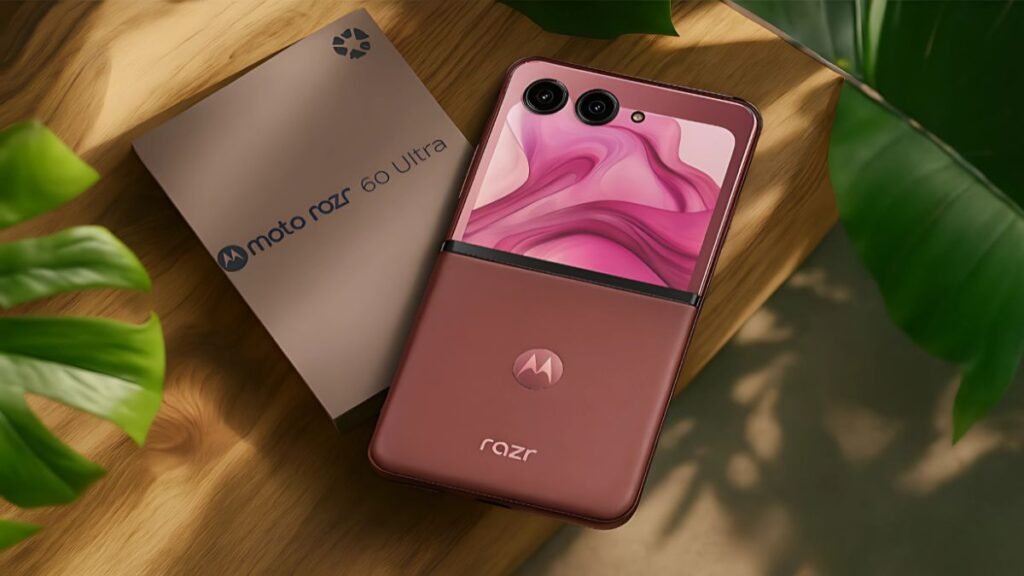Nokia Infinity 5G Phone Launched: Two lines of truth to start: the phrase “Nokia Infinity 5G Phone Launched” is trending, yet there isn’t a publicly verifiable, brand-published product page for a Nokia smartphone named exactly “Infinity 5G” at the time of writing. That doesn’t mean there’s no phone coming; it means we’re in the familiar pre-launch fog of concept posts, rumor sheets, and recycled “leaks.” This guide helps you navigate that fog—what to believe, what to ignore, and how to be ready the moment a real listing appears. We’ll also lay out credible, grounded expectations for what a Nokia-branded “Infinity 5G” would need in 2025 to be worth your money.
Launch Status: Official vs. Buzz (and How to Tell the Difference)
Let’s decode the language around launches. A real launch has three things: (1) an official brand page with model numbers and specs, (2) retail or carrier listings that let you choose storage/color and actually buy, and (3) a dated press note or brand post. Without that trifecta, you’re seeing teasers, predictions, or third-party blog pieces. The reason this matters is simple: pricing, band support, software updates, and warranty terms only become real when the brand says so. Until then, treat every card—200 MP cameras, miracle batteries, ultra-cheap prices—as unconfirmed. Our take: use rumors to plan, not to purchase. Define your budget, requirements (IP rating, battery, cameras), and two “Plan B” phones you’d happily buy today. Then, when the official listing drops, you can commit in minutes—no panic, no FOMO.
Design & Build: What a Credible ‘Infinity’ Should Feel Like
If an “Infinity 5G” lands, it needs to be comfortable and confident. That means a slim-to-moderate profile you can hold for a long commute, a matte rear texture that hides fingerprints, and a camera island that doesn’t make the phone seesaw on a desk. The rails should be gently rounded or subtly flat for a secure grip, with clicky buttons positioned high enough for landscape video without accidental presses. An IP rating (ideally IP67 or IP68) isn’t just a spec—it’s everyday peace of mind against rain, splashes, and dusty backpacks. Gorilla-class front glass plus a tiny “lip” around the camera ring will save you from those tiny scratches that add up over time. In short, a device called Infinity should feel timeless: understated, sturdy, easy to live with.
Display: 120–144 Hz AMOLED, Sunlight-Ready, Night-Friendly
The display is where you live all day. For 2025, the sensible target is a 120–144 Hz AMOLED with strong outdoor brightness and a gentle low-brightness curve at night. Whether resolution lands at FHD+ for efficiency or 1.5K for extra crispness, the experience should be the same: readable at noon, calm at 2 a.m., and silky when you scroll. Look for a “Natural” color mode that keeps whites neutral (no chilly blue), a “Vivid” mode if you love pop, and high-frequency PWM dimming (2 kHz+) if you’re flicker-sensitive. A decent anti-reflective layer helps more than you think; it’s the difference between tilting your phone to chase shade and simply reading your map in direct sun.
Performance & Thermals: Quiet Speed Beats Spiky Benchmarks
A wonderful spec graph is worthless if the phone throttles when you actually use it. If Infinity 5G aims for the sweet spot, expect a modern Snapdragon 7+/8s or Dimensity 8000-class platform paired with 8–12 GB RAM and UFS 3.1/4.0 storage. The real marker of quality is sustained speed, not a single burst. That requires a decent vapor chamber, layered graphite, and smart power scheduling—so 4K recording, long map sessions, photo editing, and gaming remain stable after minute 20, not just minute two. Translation: it should feel like the phone is waiting on you, not the other way around.
Battery & Charging: Real-World Range, Not Spec Sheet Stunts
Our standard for a daily driver is a 5,000 mAh battery (or slightly more) tuned for a day and a half of mixed use. Fast charging is great—but good thermal control and long-term health matter more than the biggest watt number. A balanced setup looks like 45–68 W wired with sensible heat management and, ideally, wireless charging at 15 W for desk convenience. What you’ll feel: short, 15–25 minute top-ups that add hours; low overnight drain; and a smarter charging curve that slows near full to protect the battery into year two.
Cameras: Three Lenses That Earn Their Keep
A believable, useful camera trio is better than a five-circle sticker sheet. The Infinity 5G should feature:
- Main: 50 MP with OIS, a reasonably large sensor, and restrained HDR so skies stay believable and skin tones stay human.
- Ultrawide: 12–50 MP with autofocus so it doubles as a macro—perfect for food, desk setups, and close textures.
- Telephoto: 2–3× (or a compact periscope) with OIS to keep real detail before software crops kick in.
For video, aim for 4K30/60 on main and ultrawide with a natural stabilizer (fewer “jello” artifacts), clean voice pickup in street noise, and gentle exposure ramps between shade and sun. What you want isn’t a spec trophy; it’s repeatability: tap, shoot, trust the result.
Software & Update Promise: Calm, Clean, and Consistent
The best phone software is the kind you stop noticing. A clean Android skin with tidy toggles, simple privacy prompts, and smooth animations is the target. But the non-negotiable is support: a modern launch should offer 3+ OS updates and 4–5 years of security patches. Feature drops that tweak imaging, battery planning, and connectivity are the quiet wins that keep a phone feeling new enough at month 24. If Infinity 5G wants long-term fans, the update policy must be printed in plain language at launch.
Connectivity: Bands, Wi-Fi, and eSIM Without Surprises
A 5G phone is only as good as its radios. Look for broad SA/NSA band coverage (including India-relevant n78), strong 4G fallback with carrier aggregation, Wi-Fi 6E/7 for modern routers, Bluetooth 5.3+ stability for buds/watches, NFC for tap-to-pay, and dual-SIM (physical + eSIM or dual physical) so you can juggle work and travel lines. The win you’ll notice isn’t headline speed; it’s fewer drops on highways, quicker GPS locks in downtown canyons, and accessories that pair once and just… stay paired.
Who the Infinity 5G Would Be For (If It Lands Like It Should)
If your day is chats → camera → maps → reels → calls, a well-tuned Infinity 5G could be a perfect fit. You’ll feel the difference when you shoot people in mixed indoor light (skin tones), when you navigate for an hour with music streaming (thermals), and when you film a walk-and-talk without chasing a charger (stamina). If your priorities are 10× periscope zoom, stylus-grade productivity, or pro-video codecs (log profiles, multi-track), you’re shopping in a specialist tier regardless.
How to Prep Like a Pro Before a Real Listing Appears
Don’t wait empty-handed. Do this now:
- Set a hard budget (MRP and “effective price” after offers/exchange).
- Pick your storage floor—256 GB is today’s sensible two-year pick if you shoot video/offline media.
- Define your non-negotiables (IP rating, wireless charge, telephoto, Android update years).
- Choose two alternatives you’d happily buy today if timelines slip or specs miss.
- Check your trade-in value now; it often drops right after launch events.
With this pre-work done, you’ll decide in minutes, not days, when a genuine product page goes live.
10-Minute Store Tests That Tell You Everything
When you can touch a demo unit (or a close rival):





